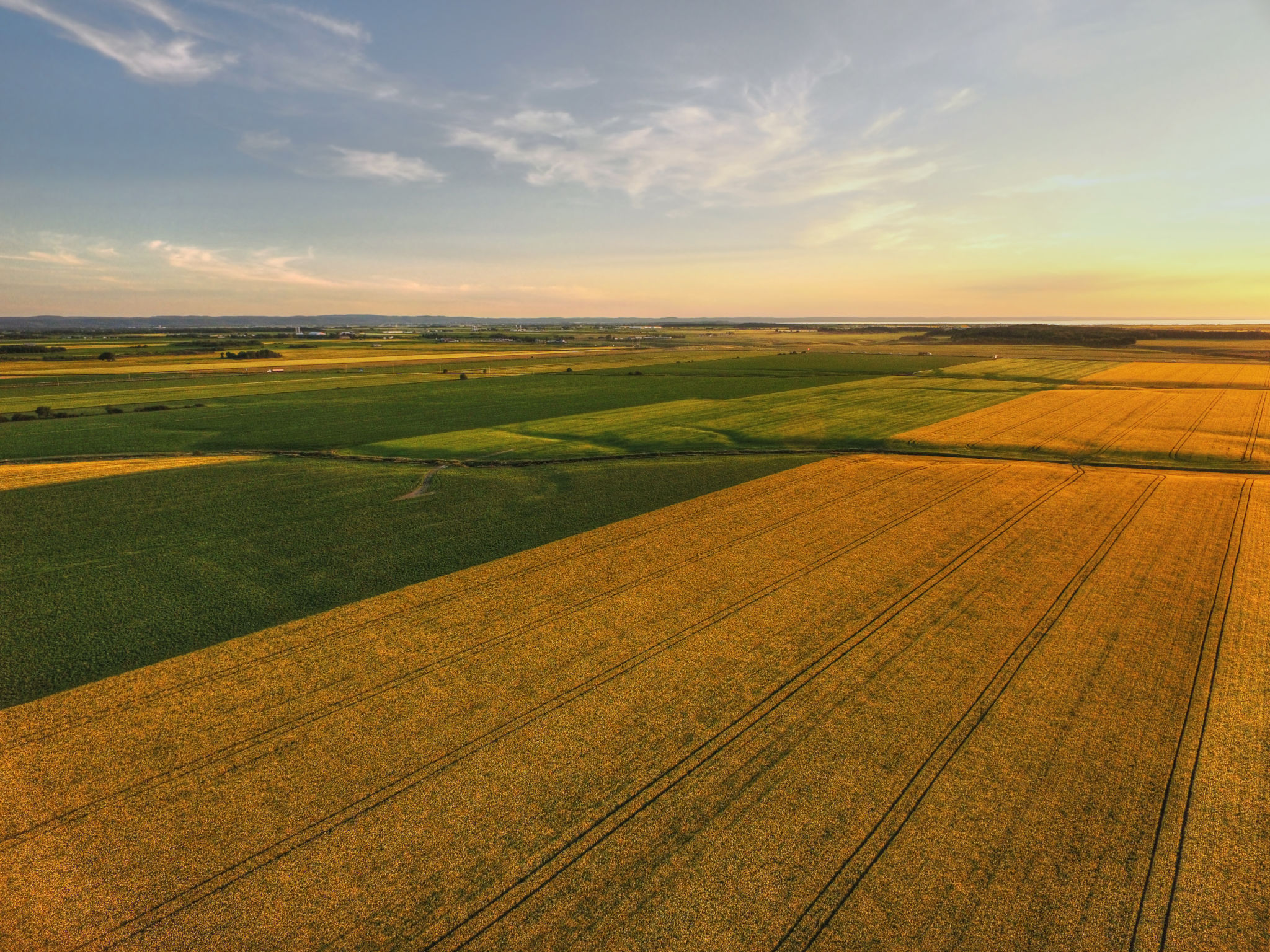From Farm to Table: The Canadian Influence on Pasta Making
The Journey of Pasta: A Connection from Farm to Table
In the world of culinary delights, pasta holds a special place in many hearts and kitchens. Its versatility and simplicity have made it a beloved staple worldwide. However, what many might not realize is the profound influence that Canadian agriculture has on pasta making, particularly in terms of ingredients and sustainability practices.

Canada's Wheat: The Backbone of Quality Pasta
Canada is one of the largest producers of high-quality durum wheat, which is essential for creating the best pasta. This type of wheat has a high protein content and gluten strength, giving pasta its firm texture and ability to hold sauces effectively. The golden fields of Saskatchewan and Alberta are renowned for producing some of the finest durum wheat, contributing significantly to both local and global pasta production.
The Canadian climate, characterized by hot summers and cold winters, is ideal for growing durum wheat. This climate ensures a robust harvest season, where farmers can cultivate wheat that meets the stringent quality standards demanded by pasta producers worldwide.
Sustainable Farming Practices
Canadian farmers are at the forefront of implementing sustainable farming practices. They prioritize soil health and use advanced technologies to reduce environmental impact. Techniques such as crop rotation, reduced tillage, and precision agriculture help in maintaining soil fertility and minimizing carbon footprint.

These practices not only preserve the environment but also ensure that the wheat produced remains of the highest quality. This commitment to sustainability is increasingly important to consumers who are more conscious of the environmental impact of their food choices.
From Wheat to Pasta: The Production Process
The journey from farm to table involves several meticulous steps. After harvesting, the wheat undergoes cleaning and milling processes to produce semolina flour. This flour is then mixed with water to form dough, which is shaped into various pasta forms.
- Milling: Transforming durum wheat into semolina flour.
- Mixing: Combining semolina with water to form dough.
- Shaping: Creating pasta shapes such as spaghetti, penne, or fusilli.

The Role of Artisanship in Pasta Making
Beyond industrial production, artisanal pasta makers in Canada are gaining recognition for their dedication to traditional methods. By using locally-sourced durum wheat, these artisans create pasta with unique textures and flavors. They often experiment with different shapes and sizes, offering consumers a variety that reflects both global influences and local tastes.
This resurgence in artisanal pasta making underscores a growing trend towards appreciating the craft behind our everyday foods. It also highlights how local ingredients can be transformed into culinary masterpieces.
A Culinary Experience Rooted in Tradition
The influence of Canadian agriculture on pasta making extends beyond just the ingredients. It embodies a commitment to quality, sustainability, and tradition. By choosing pasta made from Canadian wheat, consumers are not only enjoying a delicious meal but are also supporting ethical farming practices and local economies.
As you savor your next plate of pasta, take a moment to appreciate the journey it has taken—from the fields of Canada to your table—and the countless hands that have contributed to its creation.